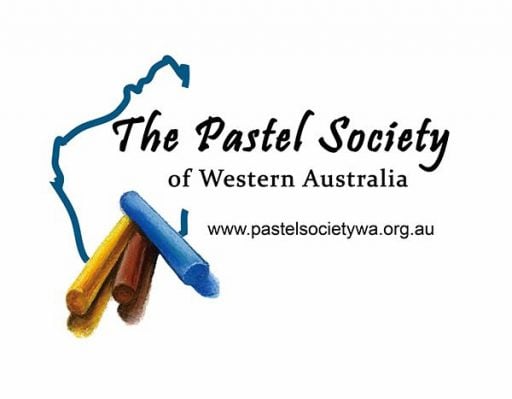About the Pastel Medium
The pastel medium Pastels are almost pure pigments, exactly the same pigments found in oil paints and watercolours. They differ from these other painting mediums in that the pigment is bound together with a dry binder, rather than a liquid one. This feature makes pastel an extremely stable medium which does not darken or fade with age, and the crystalline nature of the pastel particles gives pastel paintings a unique reflective quaility not seen with other painting mediums.
Pastel is one of the oldest painting mediums and has been used by many great artists over the centuries such as Renoir, Degas, Cassatt and Monet. Pastellists today usually work on special sanded paper which holds the pastel in the tooth of the paper. Once framed, pastel paintings are well-protected, and will not degrade with time. That pastels are ‘fragile’ is one of the myths that has developed about this medium. The huge range of colours and softness available today, the spontenaity of the application, and the fact there is no drying time make this medium an increasingly popular one in Australia and worldwide.
Another pastel ‘myth’ is the reference to ‘chalks’. The pure pigment of a pastel stick makes it very different from the chalk, which is calcium carbonate with some colouring. Pastels are not chalks, but are archival, professional art materials together with oils and watercolours.
